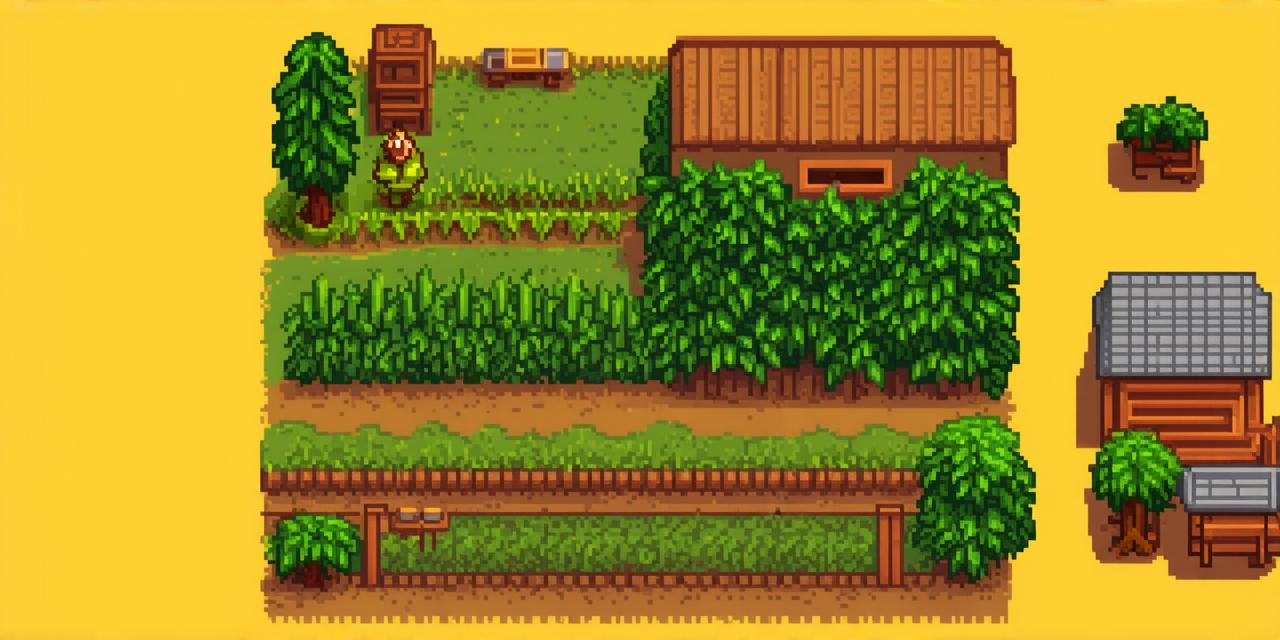Introduction
Video game music is an essential element that enhances the overall gaming experience. Whether it’s a suspenseful tune during a boss battle or a catchy melody that sticks in your head after playing for hours, video game music has a powerful impact on players.
Selecting Instruments and Software
The first step in creating video game music is selecting the right instruments and software. There are many different types of instruments that can be used in video game music, including orchestral instruments, electronic sounds, and even field recordings. The choice of instruments will depend on the style of music you want to create and the overall feel of the game.
Software is also an important consideration when creating video game music. There are many different types of software available, ranging from free and open-source options to professional-grade tools. Some popular options for creating video game music include:

- Ableton Live: A powerful digital audio workstation (DAW) that is widely used in the music industry. It has a wide range of features and plugins that make it ideal for creating complex arrangements.
- Logic Pro X: Another popular DAW that is often used in the music industry. It has many advanced features, including MIDI sequencing and audio recording, making it ideal for creating intricate compositions.
- Sonarworks: A software suite that includes a music production tool, as well as tools for mastering and editing audio. It is designed to work seamlessly with other DAWs and offers many advanced features.
When selecting instruments and software, it’s important to consider your budget and the level of experience you have with music production. If you are just starting out, it may be best to start with free or low-cost options and gradually move up to more advanced tools as you gain experience.
Selecting Sounds and Samples
In addition to instruments, sounds and samples can also play an important role in creating video game music. These can include everything from ambient noise to sound effects that help to create a specific atmosphere or mood.
When selecting sounds and samples, it’s important to choose ones that fit the overall style of the game and enhance the player’s experience.
Some popular sources for finding sounds and samples include:
- YouTube Audio Library: A collection of royalty-free audio tracks that can be used in videos and other media projects. It includes a wide range of music genres and styles.
- Freesound: An online community of musicians, sound artists, and other creatives who share their work under Creative Commons licenses. It includes a vast library of sounds and samples that can be used for free.
- SamplePacks: A website that offers a variety of packs containing samples, loops, and other audio elements that can be used in music production. They have packs for many different genres and styles.
When selecting sounds and samples, it’s important to consider the overall feel of the game and the emotions you want to evoke in players. For example, if you are creating a horror game, you may want to use dark, eerie sounds to create a sense of unease and tension. If you are creating a fantasy game, you may want to use more majestic and epic sounds to create a sense of wonder and adventure.
Recording and Arranging Music
Once you have selected your instruments and software, the next step is to start recording and arranging your music. This involves recording individual parts, such as drum beats, melodies, and sound effects, and then combining them in a way that creates a cohesive and engaging composition.
When recording and arranging music, it’s important to pay attention to details such as timing, dynamics, and phrasing. These can have a big impact on the overall feel of the music and the player’s experience.



